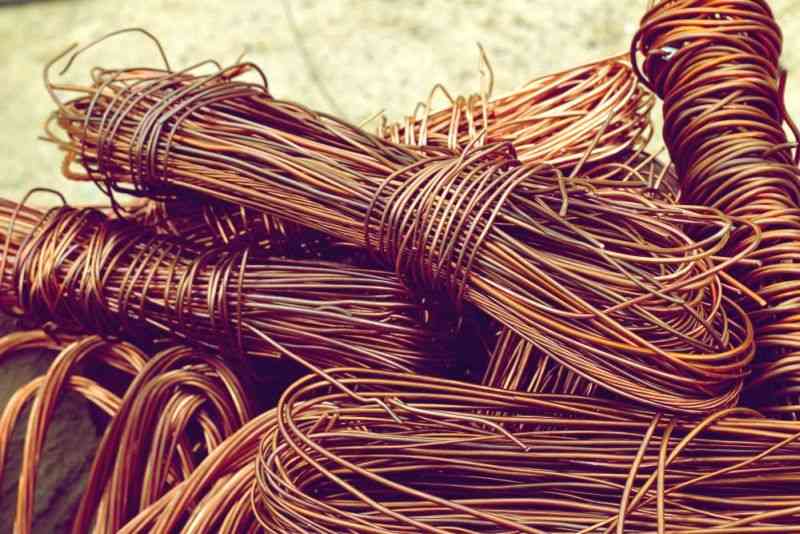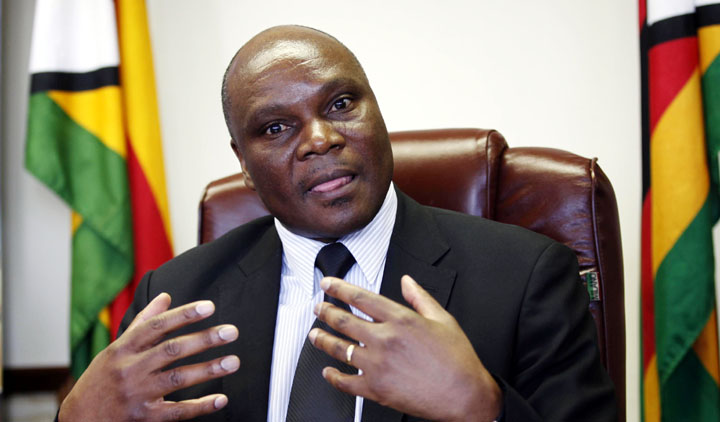
ZIMBABWE’s inflation was in the negative again after shedding 0,48% to end the month of January 2015 at -1,28%, against the December rate of -0,80%.
This means that the prices of all items continued to fall compared to the same period last year with an average of decline of 1,28 percentage points between January 2014 and January 2015.
The year-on-year food and non-alcoholic beverages inflation, which is prone to transitory shocks, remained in the negative at -2,74%, while the Non-food inflation rate was 0,57%.
The country’s negative inflation comes in the wake of calls for the country’s manufacturers to reduce retail prices.
In its 2015 Monetary Policy Statement, the Reserve Bank of Zimbabwe (RBZ) called for the reduction of prices of products and services.

“I am convinced that the economy and consumers would benefit more from a price reduction than from increasing wages and salaries,” John Mangudya, Zimbabwe’s central bank governor, said adding that the welfare of consumers and employees should be addressed through the reduction of prices, disinflation, so that the current wages buy more.
Some manufacturers have since heeded the call with the country’s biggest beverage maker and SABMiller-owned Delta Corporation reducing the recommended retail price for some of its popular sparkling beverages packs.
The packs involved are 330ml cans, 350ml, 1lt, 1,25lt and 2lt.
- Chamisa under fire over US$120K donation
- Mavhunga puts DeMbare into Chibuku quarterfinals
- Pension funds bet on Cabora Bassa oilfields
- Councils defy govt fire tender directive
Keep Reading
The prices were knocked off by 10c across the board — 330ml and 350ml cans are now 60c from 70c, 1lt are now $1,40 from $1,50, 1,25lt now $1,65 from $1,75.
The country’s biggest fast food and FMCG retailer Innscor last month reduced its prices in line with calls for price reductions by the RBZ.
Confusion is, however, abound in Zimbabwe with some analysts saying the country is now in a deflationary period while some are saying what is happening is just price corrections.
“The country is experiencing tight liquidity, loan defaults, reduced lending by banks and this is what is choking prices and in my book these are signs of deflation,” said one analyst, adding that if the situation continues, it will affect company earnings and eventually result in company closures.
The RBZ has, however, said what is happening is mere price correction and that the end result will be positive for the country.
“The disinflation in Zimbabwe is, therefore, a good development as it increases the consumers’ purchasing power. Disinflation is different from a deflation phenomenon which is caused by businesses lowering prices in a desperate attempt to get consumers to buy their products.
“In the case of Zimbabwe, businesses are lowering prices not because of lower demand, but because imports are coming into the country cheaper due to the weakening of the major trading partners’ currencies against the local unit of account, the US dollar.
“There has been a shift of demand from local products to imports due to price factor which in itself is due to lack of competitiveness,” said the RBZ.
Analysts, however, argue that the bulk of local manufacturers and retailers are actually reducing prices in an effort to lure customers to the tills which in itself is a deflation phenomenon.
— Fin24










